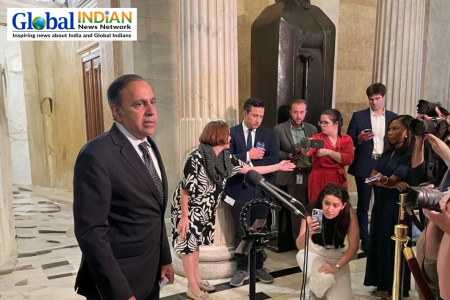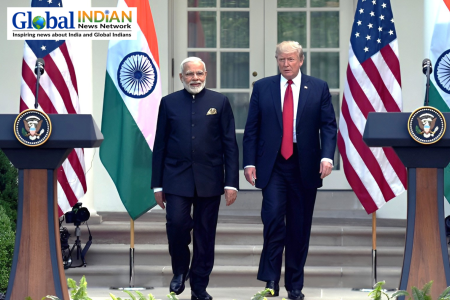
Telugu has ascended to become the 11th most spoken foreign language in the USA, a surge attributed to the expanding Telugu-speaking community. It ranks third among Indian languages spoken in the US, trailing Hindi and Gujarati.
According to a report based on US Census Bureau data, the Telugu-speaking population has grown significantly, from 320,000 in 2016 to 1.23 million in 2024, marking nearly a four-fold increase over eight years. This demographic growth underscores Telugu’s rising prominence in American society.
California has the highest number of Telugu speakers at 200,000, followed by Texas with 150,000, and New Jersey with 110,000. States like Illinois, Georgia, and Virginia have also seen notable increases in Telugu speakers, supported by community estimates.
The influx of students and H1B visa holders has been pivotal in bolstering Telugu’s position as the 11th most spoken foreign language in the US, out of over 350 languages. Approximately 60,000 to 70,000 students and 10,000 H1B visa holders arrive annually, contributing significantly to the community’s growth.
Ashok Kolla, former Secretary of the Telugu Association of North America, highlighted that 80% of new arrivals are registered with his organization, with a majority settling in cities such as Dallas, the Bay Area, and Atlanta. He noted that while older generations primarily engage in entrepreneurship, around 80% of younger Telugu Americans are active in IT and finance sectors.
The Indian Mobility Report of 2024 identifies students from Telangana and Andhra Pradesh as the largest group among Indian students in the US, comprising 12.5% of the total student population. This demographic trend underscores the educational aspirations and achievements within the Telugu-speaking community.
At Kent State University, efforts to welcome Telugu-speaking students include distributing welcome pamphlets with messages written in Telugu, reflecting the growing cultural and linguistic diversity on American campuses as reported by TOI.













